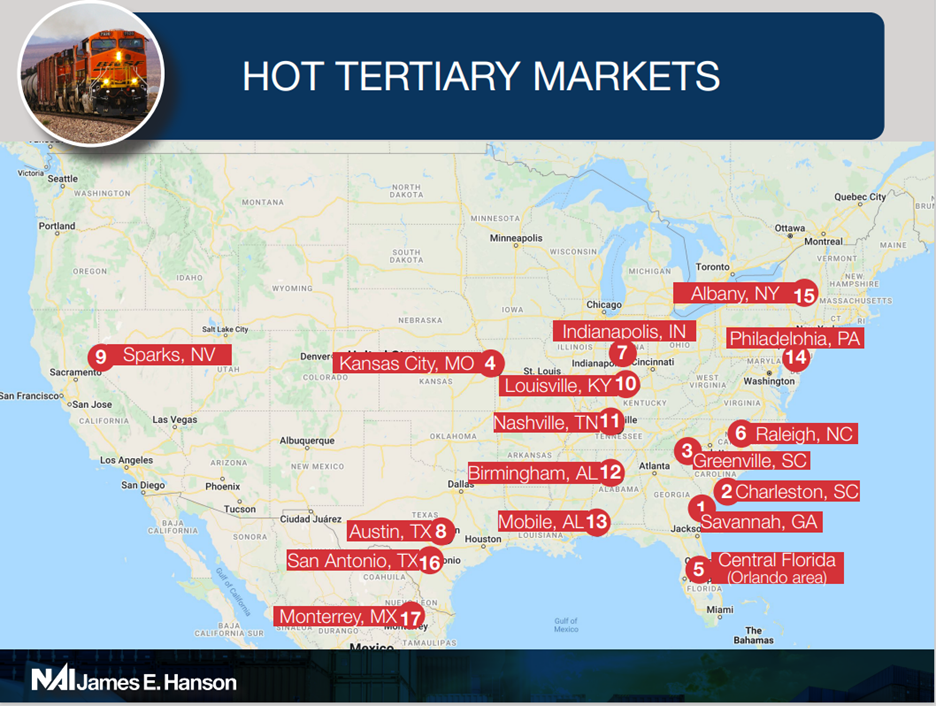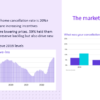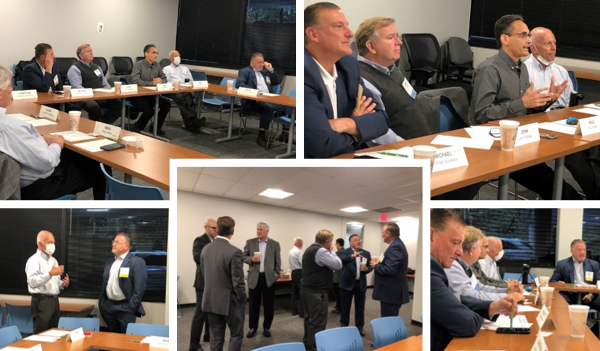Key Take Aways from Northern New Jersey’s June 2022 Meeting
John Tregidgo (Dresdner Robin) reported that pending changes in NJDEP’s emergency flood regulations and stormwater impact rules will go into effect mid-June with a deadline for appeals due by noon June 10th. According to the new ruling, the base flood regulations in non-tidal areas will increase by two feet above existing mapped elevations. The immediate effect would make the first finished floor of any structure three feet above existing elevations, which has implications for many development projects throughout the state. John added that while last year there had been a slowdown in due diligence, there is an uptick in new childcare facilities, which indicates that people are moving away from a pandemic mindset.
Gregg Manzione (Nationwide Consulting) noted that flooding issues go back to Superstorm Sandy with the government subsequently adjusting flood levels from Maine to Florida. The flooding impact from last year’s hurricane IDA on NJ communities spurred new NJ regs.
Tony Ianuale (Dresdner Robin) He shared that his firm continues to be highly active with new projects, particularly in the multifamily market.
Bill Hanson (NAI James E. Hanson) summarized his firm’s activity in several key markets. Industrial remains very tight and strong, with demand high and new pricing shocking; vacancy rate for industrial is under 20%. There is an uptick in office market interest, with a little more activity compared with late last year. Retail is up slightly. In the current hot market, conversions to industrial and multifamily will likely continue.
Greg James (NAI James E. Hanson) presented a volatile financial picture that could continue over the next few months. There has been negative growth in cap rates in Q1 as well as Q2 which would normally signal a recession. The Fed will add 50 basis points this month and another 50 in July to stabilize the market. If the Stock Market goes down to 29K, rates will not go up. He noted that this is a transitional year due to the fall elections; the Fed will be sensitive to that. Lumber prices are down 50% within the last 60 days, and in general, cap rates are at the lowest they have been in a long time. The hot multifamily space is compressing, with the same pricing on loans for A, B and C spaces. Rents on existing properties as well as new ones are on the rise – the same 2BR property in Bergen County that rented last year for $4,000 per month is now $5-6,000 per month. Self-storage units are popping up all over. Costs are up and supplies are limited for appliances, cabinetry, and construction materials; as builders get approvals, they are buying up materials in advance. There are still 60 cargo ships sitting outside the Port of Newark with supplies.
Gregg Manzione (Nationwide Consulting) reported on tri-state commercial and industrial appraisals. Self-storage has expanded since the pandemic, and the apartment market is insanely competitive, especially in areas like Bayonne and Jersey City. Towns are extremely aggressive with tax assessments, driving up rents in Elizabeth, Linden, Orange, and West Orange. Even low-end industrial properties are selling at high rates due to increasing land value. Land appraisals are up from 200 / 250 to 400, especially near the Port, Newark Airport and the Meadowlands. He predicts increases in multi-story industrial properties as well as roof parking due to surging land prices. Offices and retail are beginning to rebound a little, and childcare facilities are slowly coming back since the pandemic, although there is a shortage of full-time help.
Paul Fiorilla (Yardi Systems) shared data on multifamily rental and industrial markets, reflecting today’s discussions. Central NJ residential rents are up 15.3% YOY with 97.9% occupancy; NNJ rents up 12.1% with 97% occupancy as compared to a national increase of 13.9%. There has been $1B in NNJ multifamily sales in spite of people reportedly leaving this area of the country. Industrial vacancy is at 2%, reflecting a hot market. Residential rent growth and demand as well as industrial construction and demand will continue to do well unless there is a recession.
Paul Hacker (Axis Insurance) reported that cyber security continues to be a concern and claims as well as costs are up. He cautioned that no one should be surprised that broker fees for all lines of insurance are increasing. D&O and EDI are not softening; premiums are increasing, and it continues to be a hard market.
Pandemic and Supply Chain Issues
Guest Speaker: Steve Pastor, Vice President of Global Supply Chain and Ports/Rail Logistics, NAI James E. Hanson
Highlights:
- Product delivery dysfunction – too much reliance on manufacturers outside US; 60 percent of all products come from the West Coast; currently 65 to 150 ships waiting in CA ports; disruptions of imports directly impacting our supply chain and economy.
- Impact of Amazon & Walmart Imports on US company deliveries: Amazon expanded 3 to 5 years at a time without accountability, doubling during the pandemic, and creating supply, delivery, labor, and union issues for American businesses. Example: purchase of one-third of US steel supply and all 6” and 7” bolts to build their warehouses; result: US industries saw 35-50-week delivery time for steel; 45-55 week-delivery for nuts & bolts. Amazon is now retooling.
- What corporate America is doing to combat supply chain issues: including rerouting to east coast ports or through Mexico to US; using tertiary gulf and east coast ports; increasing manufacturing points in SE & SW.; review / maximize top inbound & outbound ports.
- Discussion of national distribution centers, key transportation issues.






Recent Comments